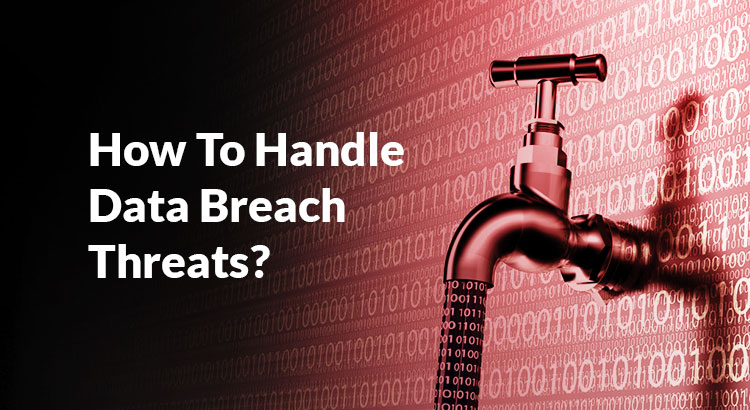In the next couple of years, organizations have one in four chances of data breach that could cost around $2.21 million. An apparently small IT security vulnerability might result in a significant data breach incident if not addressed on time.
Large, small and mid-size enterprises may face serious consequences if sensitive information is made public. Apart from the financial consequences and legal wrangles due to noncompliance with regulations, business operations might be crippled due to breaches. The first step in preventing a data leak is to understand the root cause. There are several causes of data breach incidents. A few among them are discussed here:
5 common causes of data breaches:
It is not always that data breaches stem from organized cyber criminal groups.
- Unpatched Security Vulnerabilities
If IT security patches are not updated or addressed for extended periods, it might open the door for hackers to get easy access to your company’s confidential data assets. Not only that, it might stay unnoticed for a longer period and the extent of damage could be on the higher side.
- Manual Error
This is one of the common reasons for data theft in an organization. The nature of the error may vary, but some of them are: creating weak and predictable passwords, sending sensitive information to the wrong people, sharing password/ account information in an open excel sheet, falling for phishing and more. Most of these human errors can be prevented by ensuring that employees are well-versed in basic data security protocols along with stringent IT security policies.
- Malware
Malware may not be a huge concern for employees’ PCs but can be a growing threat aimed directly at the infrastructure of your company. While many of these “malware incidents” are insignificant, the sheer volume can be concerning.
The primary reason would be that the hackers can make slight changes to existing malware programs to render them unidentifiable to antivirus software while still achieving the hacker’s desired impact.
- Insider Threats
Insiders are one of the biggest reasons behind data breaches in organizations. If the authorized user in the IT infrastructure misuses the elevated entitlements then the enterprise data could be accessed with malicious intent. The most dangerous fact of a malicious insider is that it remains unnoticed and undetected for long as the ‘trust’ is misused.
- Physical Theft
Theft of any official device such as pen drive, external hard drive or even laptop with critical information about the organization is the last item on our list, though it is not the least harmful. The data saved on the devices are misused after being stolen.
How to Prevent a Data Breach?
As discussed, data breach incidents can happen due to multiple reasons; similarly, there are multiple areas of IT security that can ensure prevention of data thefts. While ensuring timely patching helps to address system vulnerabilities, for today’s organizations it is also critical to have unified endpoint management platforms, which includes, Data Loss Prevention (DLP) and end-users behavior analytics measures along with robust Identity and Access Management practices. Robust (IAM) practices enforce Identity Governance and help to manage the life-cycle of identities, whether interacting with cloud resources or legacy applications.
In addition, every end-user in an IT ecosystem should have active involvement in protecting critical data. Apart from following the IT security policies, every end-user activity needs to be monitored seamlessly at a granular level. The simple reason is every user in the IT environment could be a potential threat.
Lastly, privileged environments are the most vulnerable environments in terms of data breaches. Privileged accounts are the gateways to most of the confidential business information, and thus it is targeted by malicious third-parties, organized hacker groups and even corporate insiders. A robust and comprehensive Privileged Access Management (PAM) solution addresses the risks of unmonitored and unauthorized access to the target systems. It ensures that trusted entitlements are never compromised by enforcing authorization, authentication and audits for every privileged session.
Conclusion
In the current IT context, where IT resources are scattered across hybrid environments and end-users access systems from anywhere, it is critical to ensure robust security policies and procedures. Organizations can significantly bring down the chances of data breach incidents if IT vulnerabilities are addressed on time by adopting endpoint protection and Identity and Access Management solutions.

